
Warning: These 4 household items are "formaldehyde storage", the whole family is "poisoned" without knowing it
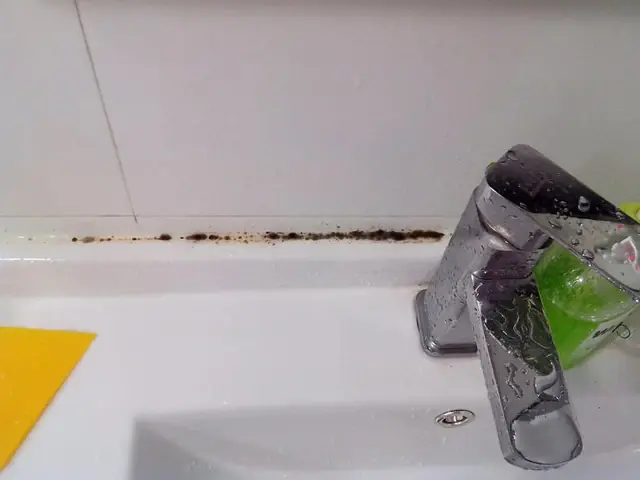
Warning: These 4 Household Items Are "Formaldehyde Storage" — Your Whole Family Is "Poisoned" Without Knowing It
Formaldehyde is a common indoor pollutant that poses significant health risks. It is a colorless gas with a strong smell, widely used in manufacturing building materials and household products. Prolonged exposure to formaldehyde can lead to serious health problems, including respiratory issues, skin irritation, and even cancer. Unfortunately, many household items unknowingly emit formaldehyde, silently affecting your family’s health. Here are four common items that often act as “formaldehyde storage” in your home:
1. Particleboard and MDF Furniture
Many modern furniture pieces are made from particleboard or Medium-Density Fiberboard (MDF), which are bonded using adhesives containing formaldehyde. These materials can continuously release formaldehyde gas into your living space, especially in new furniture or when exposed to heat and humidity.
2. Wallpaper and Paints
Some wallpapers and paints contain formaldehyde or formaldehyde-releasing preservatives. When applied indoors, these can off-gas harmful chemicals over time, affecting indoor air quality and causing irritation to eyes, nose, and throat.
3. Textiles and Upholstery
Certain textiles, curtains, carpets, and upholstery materials are treated with formaldehyde-based resins to prevent wrinkles and stains. These fabrics can emit formaldehyde, especially in poorly ventilated rooms, contributing to indoor air pollution.
4. Cleaning Products and Air Fresheners
Some cleaning agents, disinfectants, and air fresheners contain formaldehyde or chemicals that release it. Frequent use of these products in enclosed spaces increases formaldehyde concentration, impacting respiratory health.
How to Reduce Formaldehyde Exposure at Home
-
Choose furniture made from solid wood or formaldehyde-free materials.
-
Opt for low-VOC (volatile organic compound) paints and wallpapers.
-
Wash new textiles before use and allow them to air out.
-
Use natural cleaning products and avoid synthetic air fresheners.
-
Increase ventilation by opening windows regularly and using air purifiers.
Conclusion
Formaldehyde exposure from everyday household items is a hidden health hazard that many families unknowingly face. Being aware of the sources and taking proactive steps to reduce exposure can protect your family’s health and improve indoor air quality.
News in the same category

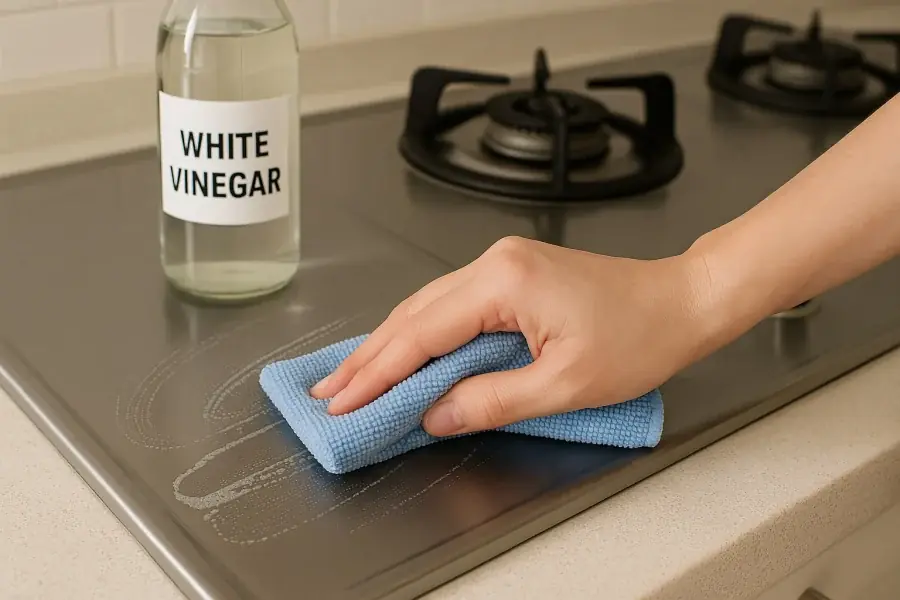
Tips to clean a shiny gas stove with just white vinegar

How to Choose Fresh Fish Like a Pro: Secrets from Coastal Fishermen
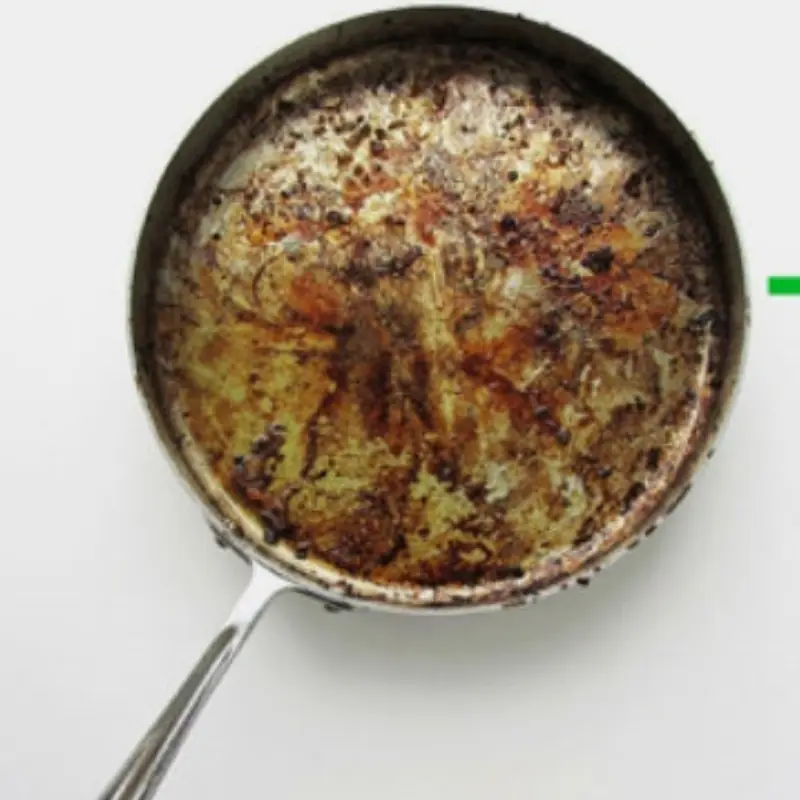
Don’t Scrub Burnt Pots and Pans with a Metal Brush – Try This Simple Trick and Make Them Shine Like New in Minutes

Secret to Keeping Chilies Fresh for 6 Months: Every Home Cook Should Know This!

"5 no's" when eating water spinach, know to avoid or you will bring disaster
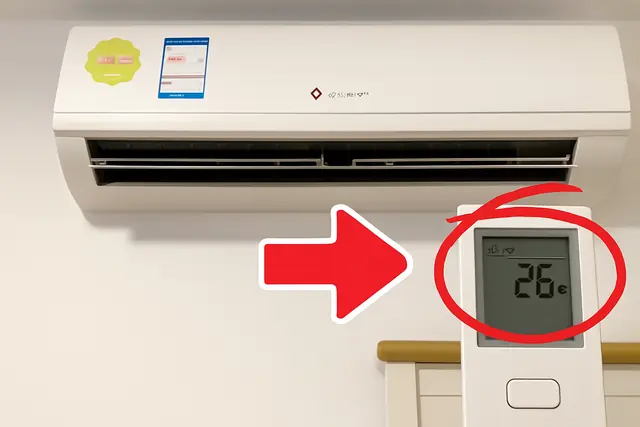
Why shouldn't I set the air conditioner to 26 degrees? Luckily, thanks to the reminder from the air conditioner technician, it turns out I've been making this mistake for decades
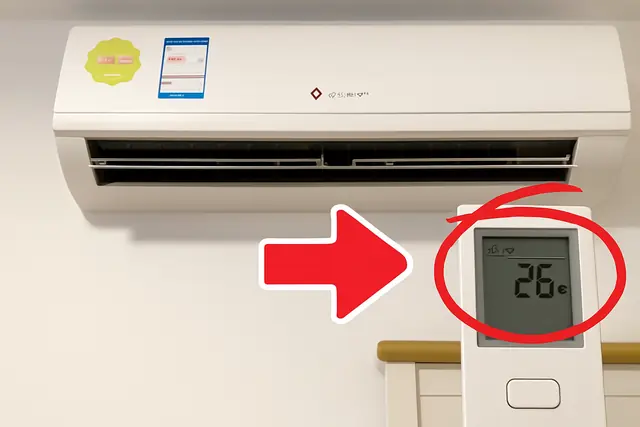
Why You Shouldn’t Set Your Air Conditioner to 26°C — A Mistake I Made for Decades Until an AC Technician Pointed It Out
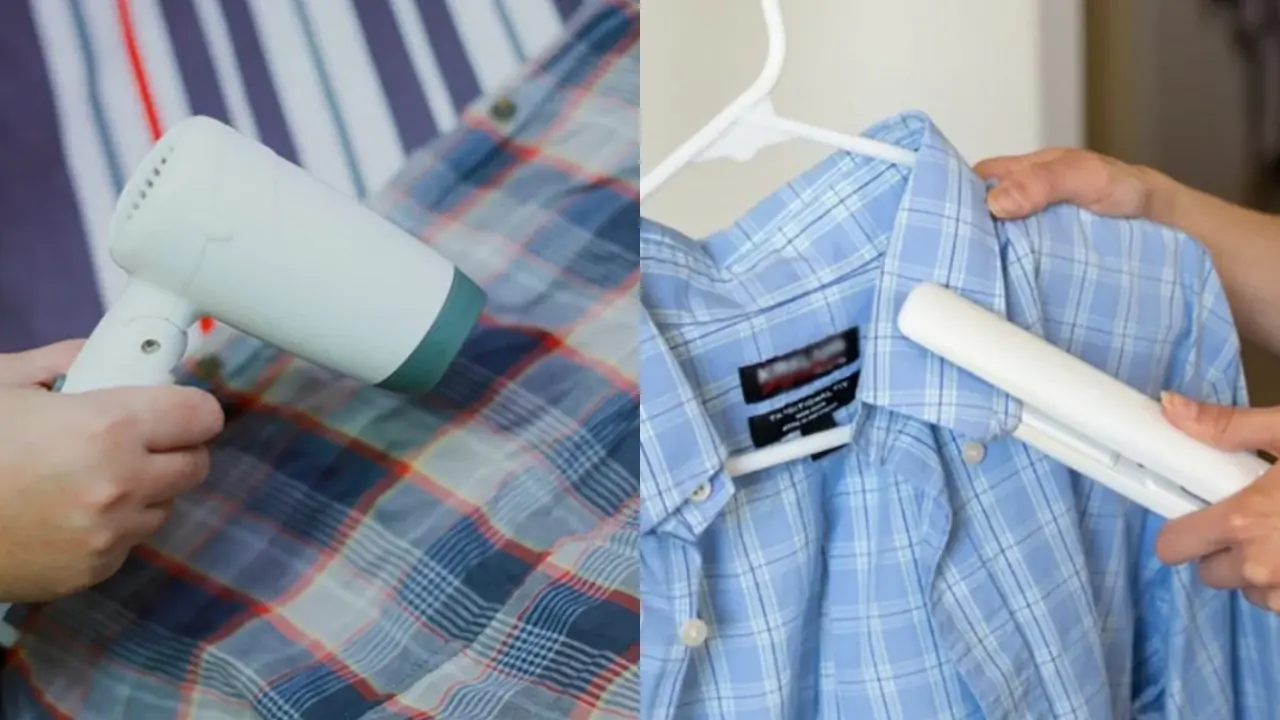
Tips to smooth clothes without an iron
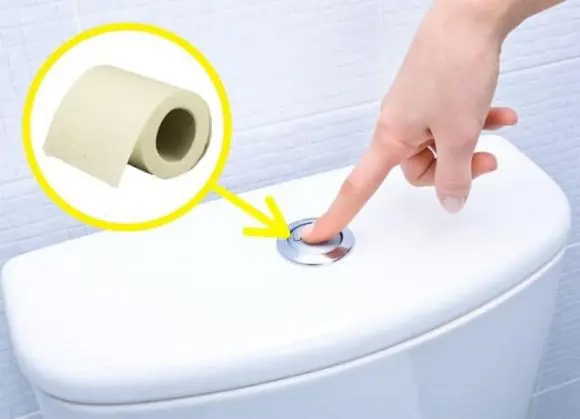
Tips to save money with toilet paper rolls

Boil potatoes without water: This way the potatoes will be soft, fragrant, and not bland.
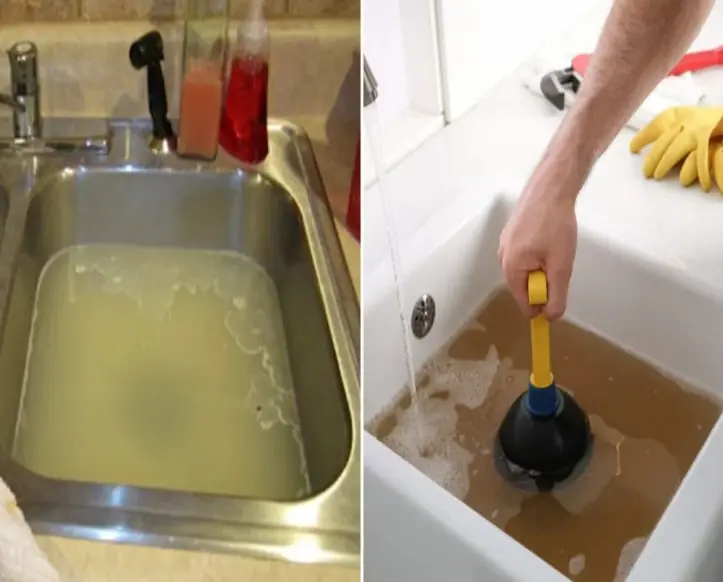
How to clean sink drain easily

5 amazing health benefits of black bean water

Tips for growing chili peppers in pots with lots of fruit

Should you choose brown or white eggs?

Tips for boiling eggs with lemon

Can Covid-19 be transmitted through masks and clothes? The expert's answer is surprising

Are straight or curved cucumbers better? My mother's 40 years of experience growing vegetables is summarized in 3 things

Warning about habits that contaminate food with more than 490,000 microplastic particles
News Post

Be careful with these foods that contain a lot of para.sites

Secrets for Planting Ginger: How to Grow an Endless Supply at Home

Tips for frying food without sticking to the pan

Even if you like them, it’s best to avoid

Planting Blueberries at Home: A Guide to Cultivating an Abundant Supply

The Egg

Tips to clean a shiny gas stove with just white vinegar

How Christmas Came to the Santa Maria Flats

5 foods that are better off stored outside the fridge

Unexplained Phenomenon: Strange Signals Suspected Aliens Are Trying to Contact Earth?
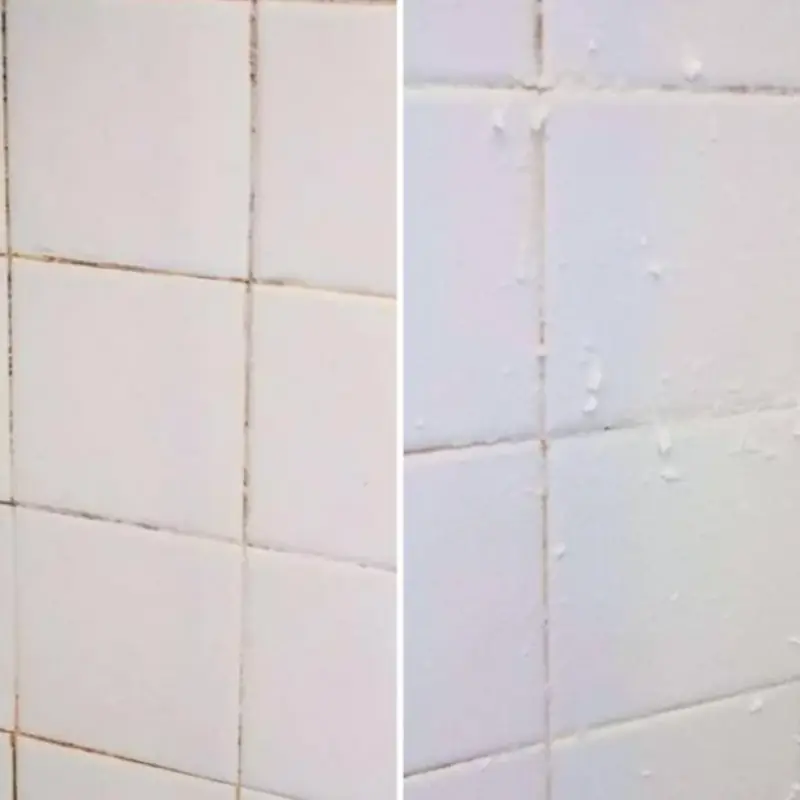
Dirty Grout Between Bathroom Tiles? These 5 Simple Methods Will Restore the Shine With Minimal Effort

No More Watery or Dry Meat – Use This Drop Method to Defrost Fast and Keep It Fresh

Doctors warn that these 6 oils should be limited, because if consumed in excess, it can increase the risk of colorectal cancer, liver cancer, breast cancer and prostate cancer

A Country Christmas

Startled: 5 signs on the hand warn that the lungs are in danger

More and more people are dying from heart failure, doctors warn: No matter how difficult it is, you must give up these 4 habits!

How to Choose Fresh Fish Like a Pro: Secrets from Coastal Fishermen
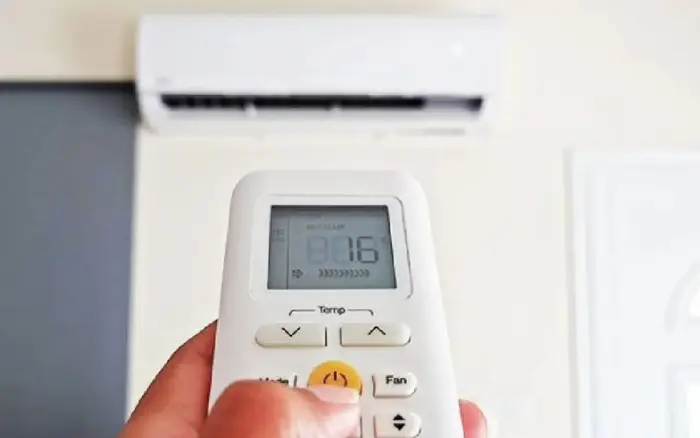
Woman Di.es After Using Air Conditioner: Doctors Warn of a Critical Mistake Many People Make
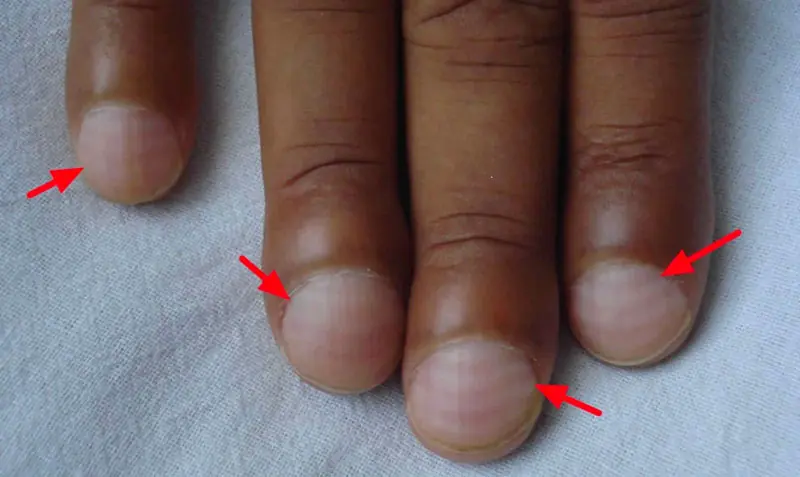
Shoc.king: 5 Alarming Signs in Your Hands That May Indicate Lu.ng Problems
